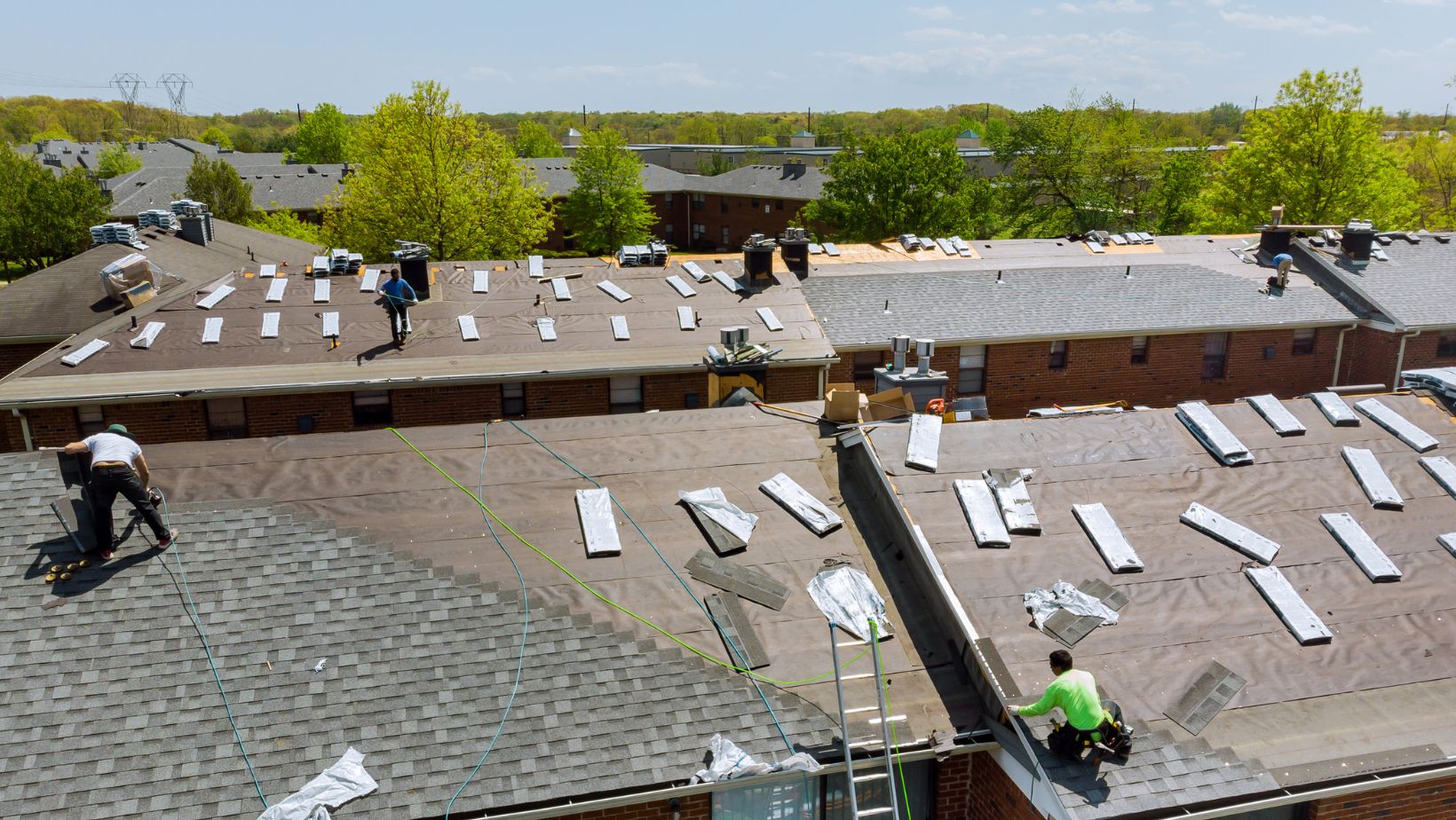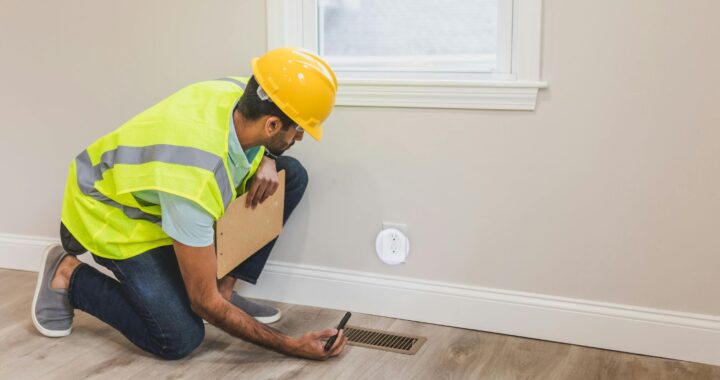3 Signs Your Roof Wasn’t Installed Properly and What to Do About It

Getting a new roof should bring you peace of mind, not fresh problems. But if you’re already spotting leaks, uneven spots, or strange attic issues, your roof might not have been installed the right way. Poor installation can undo even the best materials, leading to costly repairs and stress you didn’t sign up for. The sooner you spot the signs of sloppy work, the sooner you can take control, avoid serious damage, and protect your home. In this guide, we’ll walk through three warning signs that your roof installation may have gone wrong and the smart steps you can take to fix it.
1. Your Roof Is Already Leaking or Missing Shingles
One of the biggest red flags of a poorly installed roof is an early leak. A brand-new roof should never leak within the first few years, especially if the weather hasn’t been unusually severe.
If you’re seeing water spots on ceilings or walls, something is likely wrong with flashing, sealants, or the underlayment. Flashing protects joints and valleys in your roof, and if it’s improperly placed, water will find its way in.
Another sign? Missing shingles, even after a moderate windstorm. New roofs should stay put during typical weather. If shingles are falling off or curling at the edges, it might mean your installer skipped important steps like nailing them correctly or following manufacturer guidelines. Leaks and shingle issues aren’t just cosmetic. They point to shortcuts or inexperience during the job.
2. It Looks… Uneven
Take a few steps back and look at your roof from the sidewalk. Does it have bumps, dips, or parts that look out of line? A well-installed roof should look clean and symmetrical. Wavy lines or uneven ridges usually signal trouble beneath the surface.
A wavy appearance could mean the decking (the wood under the shingles) wasn’t properly replaced or leveled. Sometimes, installers reuse old decking that’s warped or damaged, which causes the shingles to look lumpy.
Also, look at vents and ridges. Are they misaligned or off-center? That’s not just a visual issue; it could impact how well your roof handles airflow and moisture control.
Inconsistent workmanship also suggests that shortcuts were taken across the board. If they didn’t take the time to align things visually, they probably didn’t get the hidden layers right either.
3. Your Attic Feels Hot and Humid
You might not think of your attic when checking for roof problems, but it holds important clues. A poorly installed roof can interfere with ventilation, trapping heat and moisture in your attic space.
Check your attic during a warm day. If it’s much hotter than the rest of your home, something’s wrong with how the air is moving or not moving. Poor ventilation can be caused by blocked or misinstalled soffit vents, lack of ridge vents, or improperly sealed areas around vents and chimneys.
That hot, damp air can cause mold, warp wood, and shorten the life of your roofing materials. Worse, it can drive up your energy bills as your AC struggles to keep your home cool.
What Happens When Installation Goes Wrong
A roof that’s not properly installed can start failing much earlier than it should, sometimes within a year or two. Beyond leaks, you might face:
- Mold and mildew inside your attic or walls
- Sagging rooflines or soft spots underfoot
- Voided warranties from shingle manufacturers due to improper installation
In most cases, small fixes won’t be enough. Full or partial reinstallation might be necessary. That’s why spotting these problems early matters; you might be able to get the original contractor to make it right, or at least prevent further damage before the next big storm.
Time to Call in a Pro You Can Trust
So you’ve found one or more signs that your roof wasn’t installed correctly, now what? First, don’t panic. Gather documentation like your original estimate, pictures of the issues, and a written list of what you’ve noticed.
Then, get a second opinion. Hire a licensed roofing professional (not just a general contractor) to do a full inspection. Ask them to assess both visible signs and what’s going on underneath. Some may even use infrared cameras or drones to catch things you can’t see.
Most importantly, work with a reliable roofing company that puts quality and honesty first—Bluebird Roofing. Choosing an experienced team can mean the difference between more stress and a lasting solution. Bluebird Roofing takes the time to do it right the first time and fix it right if someone else didn’t.
Don’t Ignore That Gut Feeling
Maybe it’s not a dramatic leak. Maybe it’s just that your roof doesn’t seem right. That instinct matters. If something feels off, it’s worth checking out.

Trust your instincts and act quickly. A qualified inspection now could save you thousands in repairs later.
Fixing a Bad Roof Job: What You Can Do
If you’ve confirmed that your roof was installed poorly, here are your next smart steps:
- Contact the original installer: If the work is under warranty, ask them to come inspect and repair it. Be firm but polite. If they’re legitimate, they’ll want to make it right.
- Check your warranty terms: Manufacturer warranties are often voided by poor installation, but workmanship warranties from contractors might still apply.
- Call a different roofing pro for an honest inspection if the original company won’t cooperate. A good roofer will tell you whether repairs or a full replacement is the best move.
- Protect your home: If you spot a leak, use buckets, fans, or plastic sheets as a temporary fix to prevent more damage until help arrives.
- Document everything: Photos, emails, estimates, this paper trail could help if you need to file an insurance claim or report a bad contractor.
Quality Roofing Shouldn’t Be a Gamble
Your roof is one of the biggest protectors of your home. You deserve to have it installed right the first time. If it wasn’t, don’t wait, take action before a small issue turns into major repairs.
A good roof shouldn’t just look nice on the outside. It should be strong, watertight, energy-efficient, and built to last. If your new roof is already giving you headaches, don’t settle. Get a second opinion, and get the work done right because your home is worth it.

 Signs You Need Professional Plumbing Services Immediately
Signs You Need Professional Plumbing Services Immediately  Repair Heating System: Fast and Effective Solutions for Your Home
Repair Heating System: Fast and Effective Solutions for Your Home  How to Find Good Local Builders For Home Repairs
How to Find Good Local Builders For Home Repairs